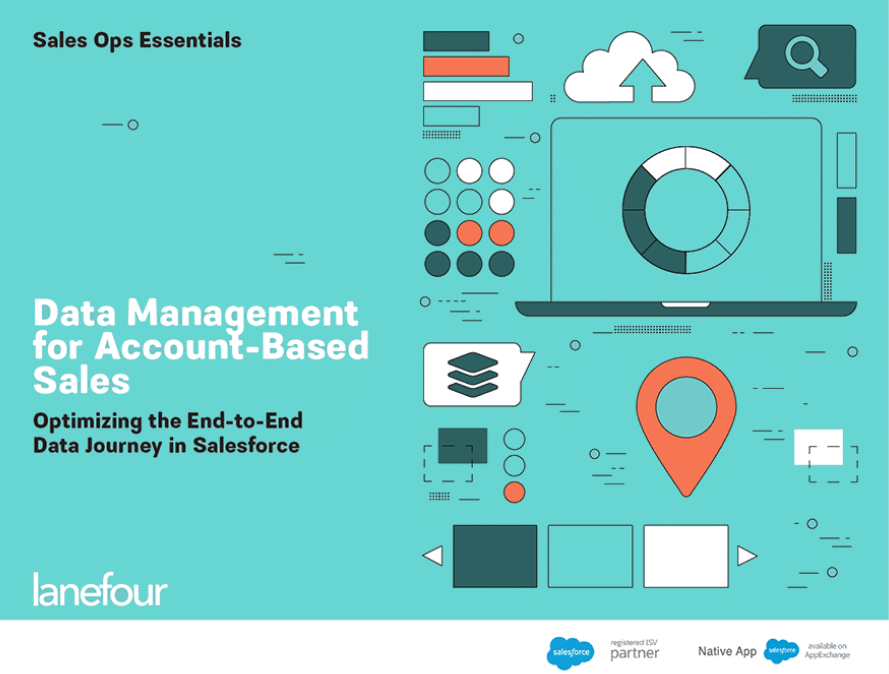With the arrival of account-based sales and marketing strategies, the ownership model in Salesforce is no longer as simple as it once was. Different teams and individuals are responsible for the same information as it moves through your system, and the hand-off points for important data are numerous.
Even with data to define a fit model, account intent, and lead-to-account matching, your ownership model needs to work at scale. Otherwise, you’ll have to manage ownership manually.
An effective ownership model makes it clear who is responsible for a lead when it comes in the door, and holds reps accountable for following up. Here are 4 key ways to make this happen when you’re starting out with account-based strategies.
1. Look at the whole picture.
Being account-based means critical account data is spread across leads, contacts, and accounts, with different owners at different stages of the life cycle. Sit down and map out the whole cycle to build a well-thought-out model. In this process, consider what rules, processes, and automation will make the cycle fast and efficient.
2. Pick an ownership model that aligns with your business needs.
While account-based work often begins with marketing, the outcome depends on sales picking up what marketing is putting down. Given your company structure, what kind of ownership model will ensure that sales quickly follows up on leads? Consider an internal SDR team that reports to marketing, and/or creating an SLA with sales to ensure clear assignment rules and timely follow up.
3. Consider segmentation and automation for your assignment flow.
You’ve worked hard to generate quality leads, but what happens to the leads that aren’t matched to target accounts? To avoid losing them, you’ll need to ensure that you have a plan for assigning these records. Processes like regional segmentation and automated round robin assignment can help handle unmatched leads.
4. Be proactive in considering how ownership might change.
Team changes will inevitably happen: people will go on vacation, switch departments, get promoted, and leave the company. In order to avoid losing leads, make sure you have a plan in place to quickly handle re-assignment.
What changes will you make to ensure your ownership model runs smoothly?

